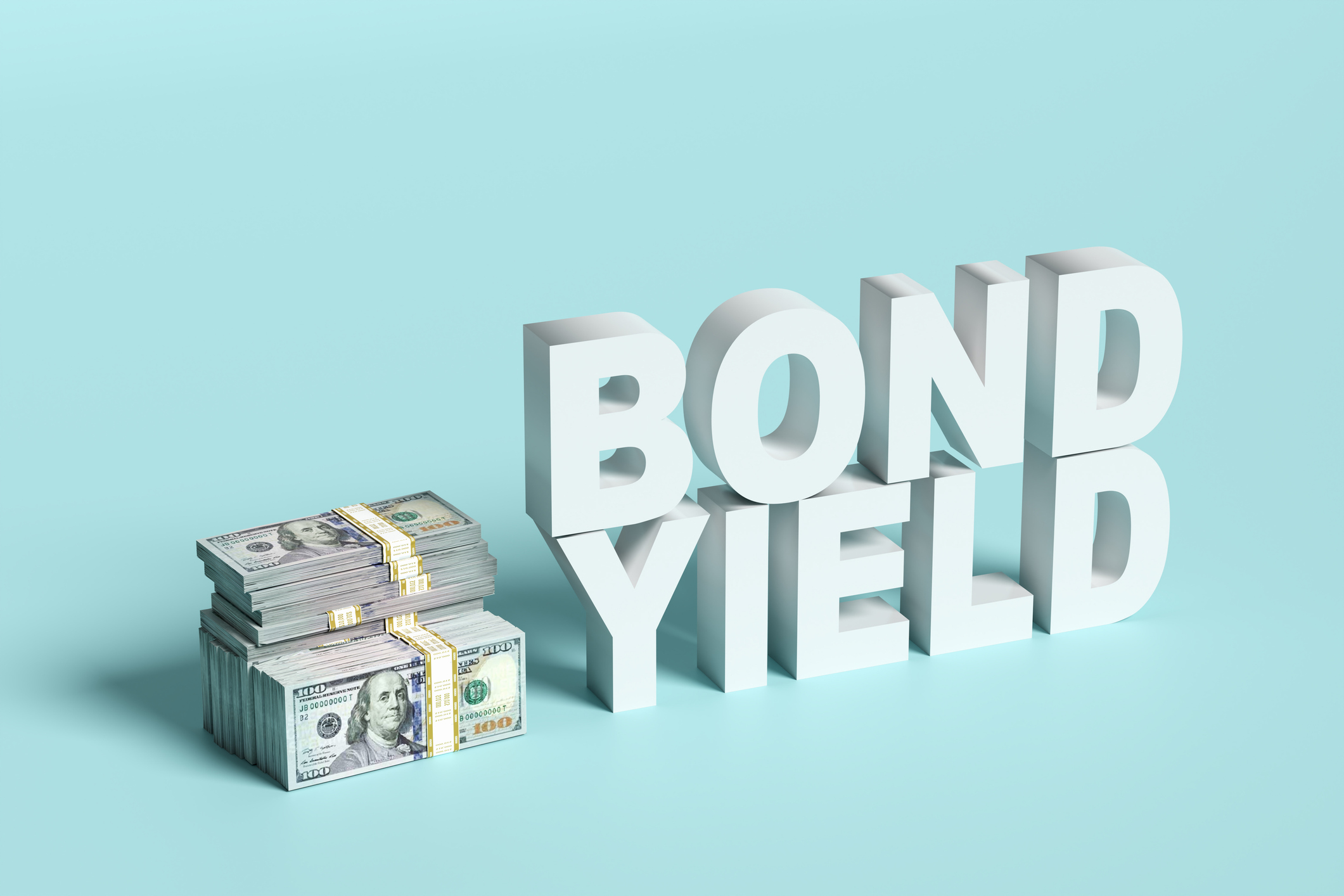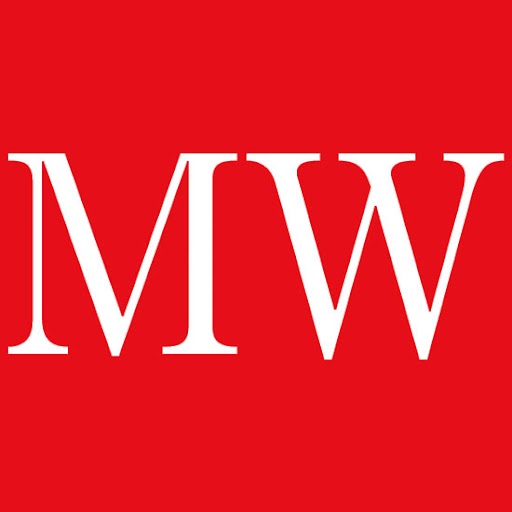Book value is also known as equity, shareholders' funds, or net asset value (NAV). It is the value of all of a company's assets, less all of its liabilities (debts). Book value is sometimes used as an estimate of what a company would be worth if all of its assets were sold for their balance-sheet values. It’s often used as a way to value firms such as banks, housebuilders, and insurers. If you know the book value, you can get an idea of how cheap or expensive a share is by dividing the share price by the book value per share (hence the price/book, or p/b, ratio).
A p/b of below one means that – technically speaking – you can buy the company for less than its assets are worth on paper. In other words, if you could buy the whole company, you could sell everything it owned, and still make a profit.
One potential problem with this, of course, is that the book value of a company may not reflect what you would actually get were you to sell its assets. In particular, it may contain lots of intangible assets, such as goodwill, which often relates to the value of a brand. Intangibles – unlike a factory or a piece of land – can be very tricky to measure objectively. They may in fact not be worth very much at all, particularly when they need to be sold urgently. So if a company persistently trades on an unusually low p/b ratio, that could imply investors doubt its assets are worth as much as it claims, rather than meaning it’s a bargain.
MoneyWeek
Subscribe to MoneyWeek today and get your first six magazine issues absolutely FREE

Sign up to Money Morning
Don't miss the latest investment and personal finances news, market analysis, plus money-saving tips with our free twice-daily newsletter
Don't miss the latest investment and personal finances news, market analysis, plus money-saving tips with our free twice-daily newsletter
If you subtract intangible assets from a company’s book value, you end up with a more conservative number, known as tangible book value, based on hard assets, such as land, buildings, machinery, stocks and cash. You can then divide this figure by the number of shares to get tangible book value per share. If you can buy a stock for a lot less than this figure (a relatively rare event), you may be getting a genuine bargain.
See Tim Bennett's video tutorial: Beginner's guide to investing: the price-to-book ratio.
Get the latest financial news, insights and expert analysis from our award-winning MoneyWeek team, to help you understand what really matters when it comes to your finances.
MoneyWeek is written by a team of experienced and award-winning journalists, plus expert columnists. As well as daily digital news and features, MoneyWeek also publishes a weekly magazine, covering investing and personal finance. From share tips, pensions, gold to practical investment tips - we provide a round-up to help you make money and keep it.
-
 The shape of yields to come
The shape of yields to comeCentral banks are likely to buy up short-term bonds to keep debt costs down for governments
-
 The sad decline of investment clubs – and what comes next
The sad decline of investment clubs – and what comes nextOpinion Financial regulation and rising costs are killing off investment clubs that once used to be an enjoyable hobby, says David Prosser

